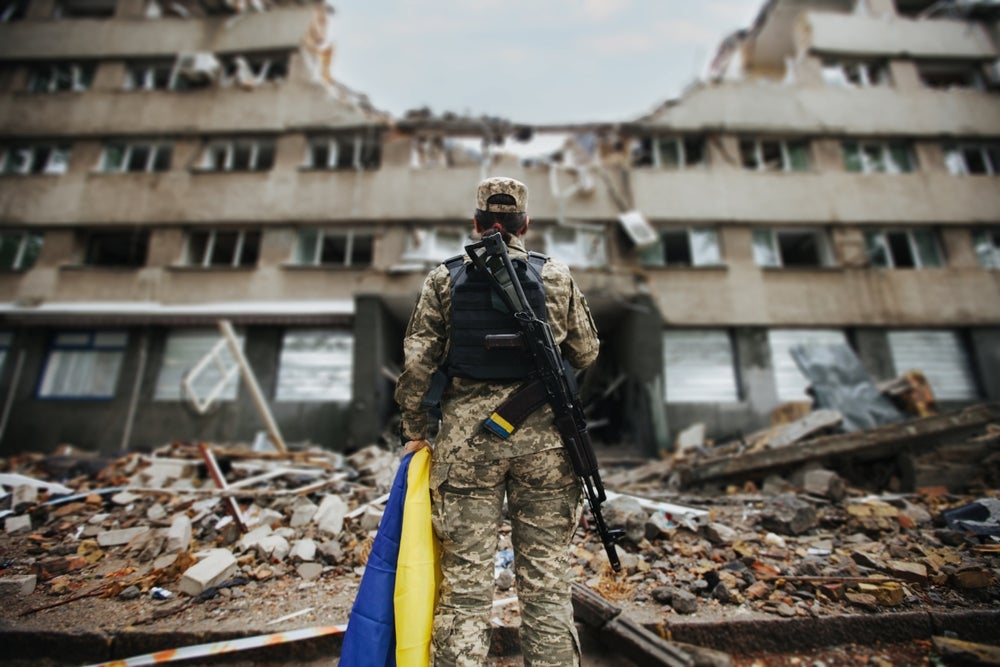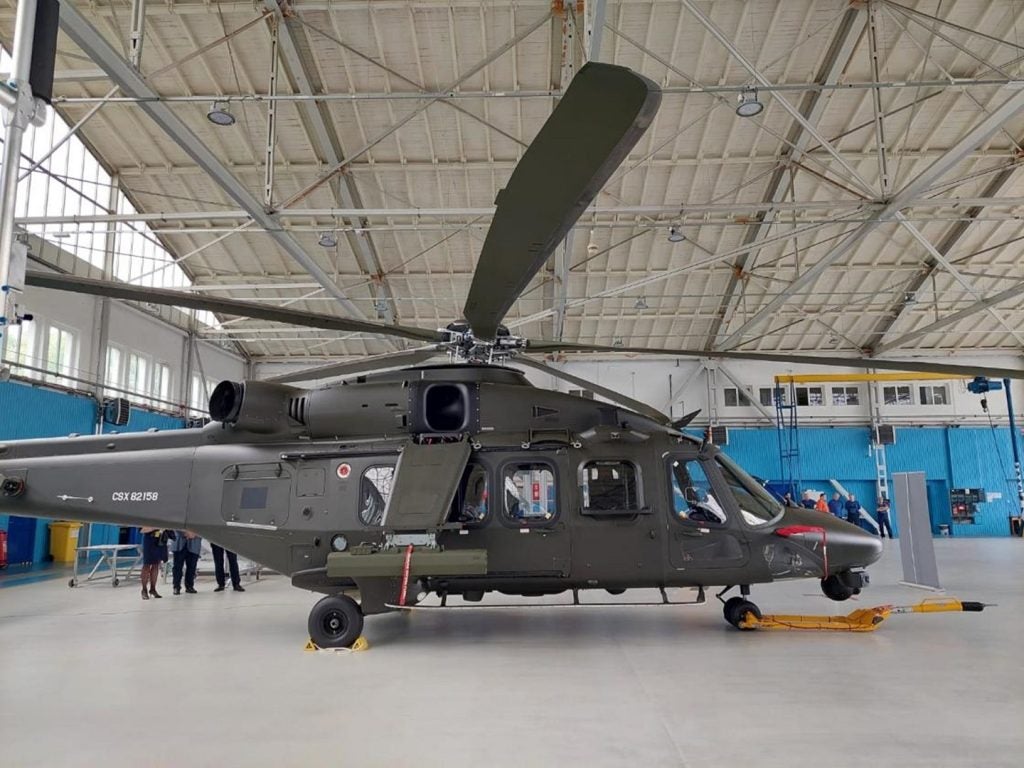US Army Research Laboratory (ARL) scientists have developed an algorithm to help the Department of Defense (DoD) maintain wirelessly networked army packBots and other military equipments using radio communications.
Known as received signal strength (RSS), the algorithm is being developed by a team of four researchers, and has displayed its ability to successfully map the region of good connectivity to a radio base station during a recent demonstration at the ARL in Adelphi, Maryland, US.
Army Research Laboratory’s computational and information sciences directorate contract researcher Jeffrey Twigg said that communication with autonomous robot through radio communications was straightforward in an open environment but becomes complex indoors.
"If robots can be programmed to map where there is the potential to communicate inside a building, then soldiers and other assets can know where in the building they will be able to communicate with a radio base station," Twigg added.
"We can find and explore areas that have high RSS and then map these areas as having the strongest connectivity to the radio base station."
Army Research Laboratory’s computational and information sciences directorate PhD Brian Sadler said: "We are working on fundamental techniques that employ autonomous agents to maintain connectivity, and continuously provide situational awareness to soldiers."
How well do you really know your competitors?
Access the most comprehensive Company Profiles on the market, powered by GlobalData. Save hours of research. Gain competitive edge.

Thank you!
Your download email will arrive shortly
Not ready to buy yet? Download a free sample
We are confident about the unique quality of our Company Profiles. However, we want you to make the most beneficial decision for your business, so we offer a free sample that you can download by submitting the below form
By GlobalDataPursued for two years, the efficient base station connectivity region discovery by the team represents the ARL’s second step toward a broader understanding of solutions for army robotics.
In addition, the algorithm has been designed for sensing and collaborative autonomy within the region of base station connectivity.
The system has already completed testing in the lab and at the urban operations training site, located at Fort Indiantown Gap in Lebanon County, Pennsylvania.







